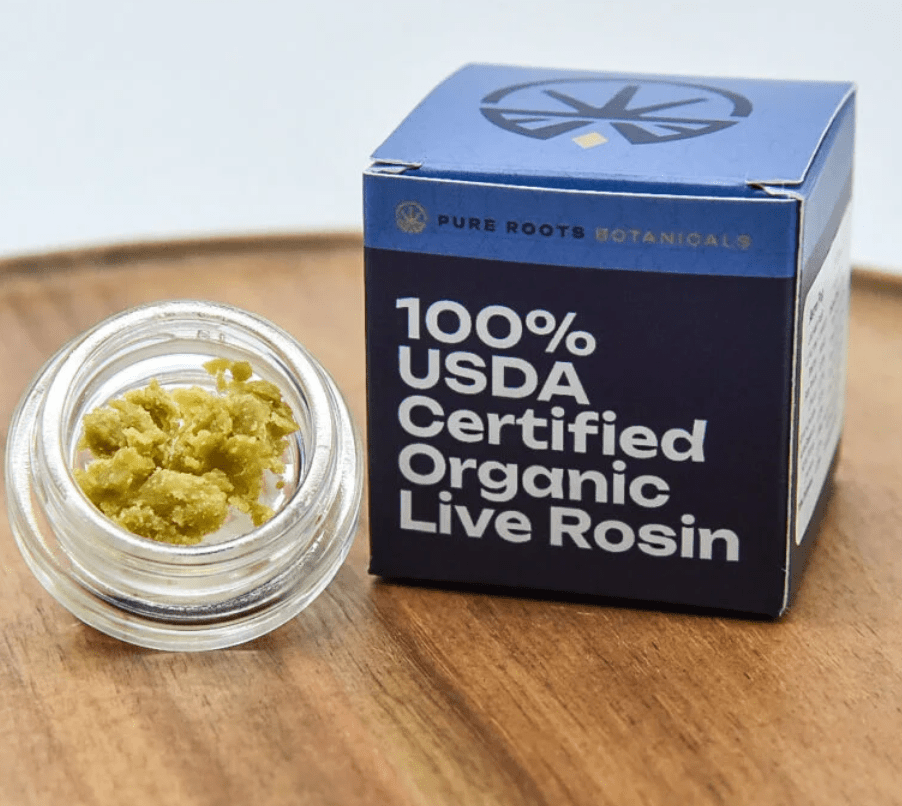We often forget about the unsung hero of our kitchens—the kitchen hood—in the rush of everyday life. This simple gadget is essential to preserving a safe and healthy cooking environment. However, how can you ensure your kitchen hood is operating efficiently? Let’s examine what to look for in a functioning kitchen hood and how to fix any problems.
Indicators of a Functional Kitchen Hood: Visual and Aural Signals
A kitchen hood operating correctly will initially give visual and aural cues. A well-functioning hood silently and effectively removes cooking residue without making a loud noise. Watch the exhaust fan closely and pay attention to any strange sounds.
keeping an eye on the airflow
Take a step back and look at the airflow around your stove. Cooking vapours and fumes should be drawn upward by a working kitchen hood to stop them from spreading around the kitchen. A functional hood has enough ventilation.
Lack of Cooking Scents
The lack of persistent cooking smells indicates that the kitchen hood is functioning properly. The absence of the odour from yesterday’s meal in your kitchen is a positive sign that your hood is collecting and trapping airborne particles well.
Common Kitchen Hood Problems
Unusual Sounds
You should be concerned if strange noises come from your kitchen hood. Noises such as rattling, clanking, or grinding might be signs of problems with the fan, motor, or other internal parts.
Insufficient Suction
If the hood is on, but you still observe inadequate suction or no airflow, there may be a blockage in the ventilation system. To guarantee peak performance, this must be taken care of right away.
Inefficient Elimination of Odour
If you can’t eliminate cooking smells in your kitchen, it may be because your hood isn’t filtering out airborne particles. A broken exhaust fan or clogged filters might be the cause of this.
How-Tos for Kitchen Hood Cleaning Filters and Functionality Checks
Maintaining the performance of your kitchen hood may be done quickly and effectively by cleaning or changing the filters regularly. Over time, debris and grease may build up and impair performance.
Examining Any Obstacles
Keep an eye out for any obstacles in the exhaust duct. Enhancing airflow and suction may be significantly aided by removing dirt or residue accumulation.
Checking the Function of the Fan
After turning on your kitchen hood, ensure the fan runs smoothly at all speed levels. An issue that has to be addressed might be indicated by inconsistent functioning.
Regular Maintenance Is Essential
Regular maintenance is essential to guarantee that your kitchen hood functions at its best. Apart from the instant advantages of eliminating odours, a well-kept hood helps keep your house safer from fires and improves air quality.
Expert Examining
Although do-it-yourself inspections may be helpful, getting a professional review at least once a year is essential. Experts can spot problems that regular inspections may miss and guarantee your kitchen hood stays in excellent shape.
Modernising Your Kitchen Range
It is recommended that contemporary technology and energy-efficient choices be investigated for those seeking to improve kitchen ventilation. Upgrading your kitchen hood may give your space a more modern look and increase performance.
Types of Kitchen Hoods
When choosing the ideal kitchen hood for your space, it’s important to understand the many varieties. The distinct characteristics of wall-mounted, island, and under-cabinet hoods are designed to accommodate different kitchen layouts.
Advice on Selecting the Ideal Kitchen Hood
When selecting a kitchen hood, consider variables including kitchen size, cooking habits, and aesthetic preferences—achieving the ideal fit guarantees top performance and contentment with your purchase.
Troubleshooting Manual
If your kitchen hood is giving you difficulties, a troubleshooting guide may help you find and fix common issues. You may take some actions before contacting a professional, such as replacing worn-out parts and resetting circuit breakers.
Improving Airflow in the Kitchen
In addition to the kitchen hood, other actions that improve air circulation include opening windows and turning on exhaust fans. These little measures make cooking healthy and support the work of the hood.
Do It Yourself vs. Hiring an Expert
While specific problems may be fixed by do-it-yourself, safety should always come first. Understanding when to seek professional assistance helps to minimize risks, assure long-term functioning, and guarantee that specialists address complicated issues.
In summary
A working kitchen hood ensures a clean and safe cooking area like a quiet guardian. Sustaining your kitchen hood requires regular maintenance, do-it-yourself inspections, and knowing when to hire experts.



